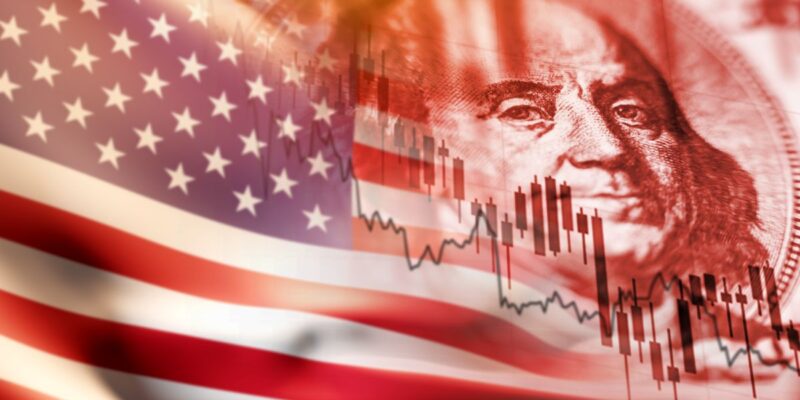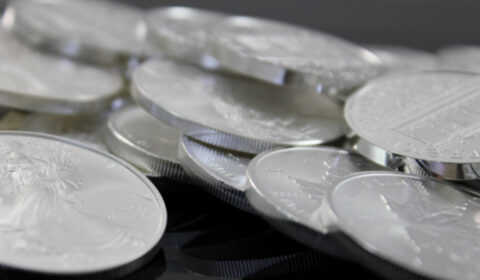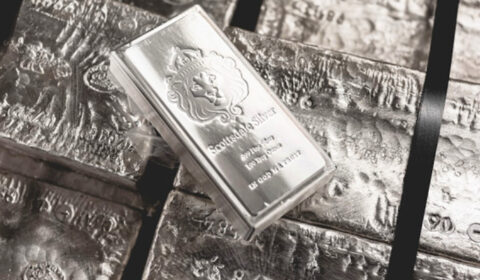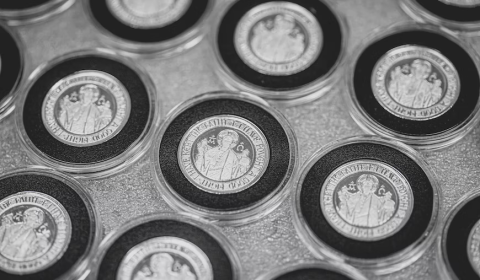Brief History of the Gold Standard in the United States

The role of gold has been crucial as an international monetary symbol to equalize the vastly diversified economies of the world and bring them all on one page. Even after the fall of the gold standard, this precious metal commodity continues to be an important asset for many countries.
The Gold Standard
The gold standard is a method in which the value of paper money in a particular region is determined by fixing the value of gold. This system ensures that the regional currency is exchangeable with gold, based on the rate set by the government.
If a country uses this system, they set a fixed price for gold. The government of that country has to buy and sell gold at that price and determine their currency value based on that fixed gold rate. For example, if a country fixes the rate of gold at 600 US dollars an ounce, the currency value would be 1/600th of an ounce of gold.
Who Uses Gold Standard
Currently, no country in the world practices the gold standard. This monetary system crashed in the early 20th century and was considered null and void by the world’s top nations. The system that replaced the gold standard is called fiat money.
What is Fiat Money
Fiat money is a monetary system that doesn’t depend on any tangible commodity to determine a currency’s value. Instead, the values of the world’s currencies on the foreign-exchange market fluctuate based on economic conditions.
The standard currency of the world is the US Dollar. It was declared the reserve currency because the USA had the most gold reserves when the monetary system was introduced. Hence, other countries now back their currencies on US dollars instead of gold.

The History of the Gold Standard
England was the first country to adopt the gold standard as the primary monetary system in 1821. The adaptation managed to boost production and global trade for the country, which made other countries of the world consider this financial evaluation system.
One of the top advantages of using gold for trade was balancing the trade differences between different governments. This gave the countries more reasons to stockpile this precious metal commodity for tough economic times.
The first paper currency in the United States was printed in 1861. The introduction of paper money posed some early problems for the country’s economy. So, the Act of 1900 was introduced to the country’s legislation, declaring gold as the only metal to drive the value of the paper currency.
The era between 1871 and 1914 is considered the golden period for the gold standard. This era saw different countries of the world work in harmony to make the system work.

The Fall of the Gold Standard
The beginning of World War I saw this ideal monetary system fall to pieces. The war created the urgent need for a large influx of cash for the participants.
This created a lot of uncertainties about the system, causing the system to be suspended until the war was over. The world realized that the system they needed to base their economy on should be more flexible.
Gradually, all the countries began to exit the alliance of the gold standard to print more money to pay off their war debts. By the end of 1930, almost all countries had left the pact, leaving the United States and a few others.
The economic collapse of 1929, also known as The Great Depression, saw the world economy plummet due to ongoing wars. This forced the world’s wealthiest people to exchange their dollars for gold, which pushed the economy to a further recession.
In 1933, the president of the United States, Franklin Roosevelt, closed all banks and prohibited any exchange of gold. The government illegalized hoarding of this precious metal and ordered the general public to give their assets away in return for money.
Not long after this, the gold standard was dropped by all governments, and more paper money was printed for economic growth.
Advantages and Disadvantages of the Gold Standard
There were a lot of advantages of the gold standard that saw a brief period of global prosperity. But there were a lot of disadvantages that led to the diminishing of this monetary system. Following are some of the pros and cons of the gold standard:
Pros
- The primary advantage of the gold standard is that the value of the currency was backed by a fixed asset.
- It offered regulation for printing money. A country could only print as much money as the value of gold in its reserves.
- This system was ideal against inflation. Inflation occurs when the paper money available is more than the goods.
Cons
- The countries with gold held higher power than those with minimum resources.
- The economy ignored the resourcefulness of the human factor.
- The distribution of the economy across the world was unfair.
- Countries fixated on their gold reserves and ignored the global business climate.
- There were uncertain fluctuations in the economy.

Learn How to Invest in Gold in Today’s Market
Gold may not be a part of the global monetary system, but it’s still a highly valuable asset. Investors readily invest in gold for a stable portfolio and hedge against inflation. However, it can be tricky. So, we suggest you get help from a precious metals investment dealer.
Orion Metal Exchange is the leading consultant for investing in precious metals. We’ve been active in Los Angeles for over 50 years, helping our clients invest in gold and silver and set up their precious metals IRA.
Learn more about our secure silver & gold storage investments by contacting us at 1-800-559-0088 or booking an appointment with a professional.






